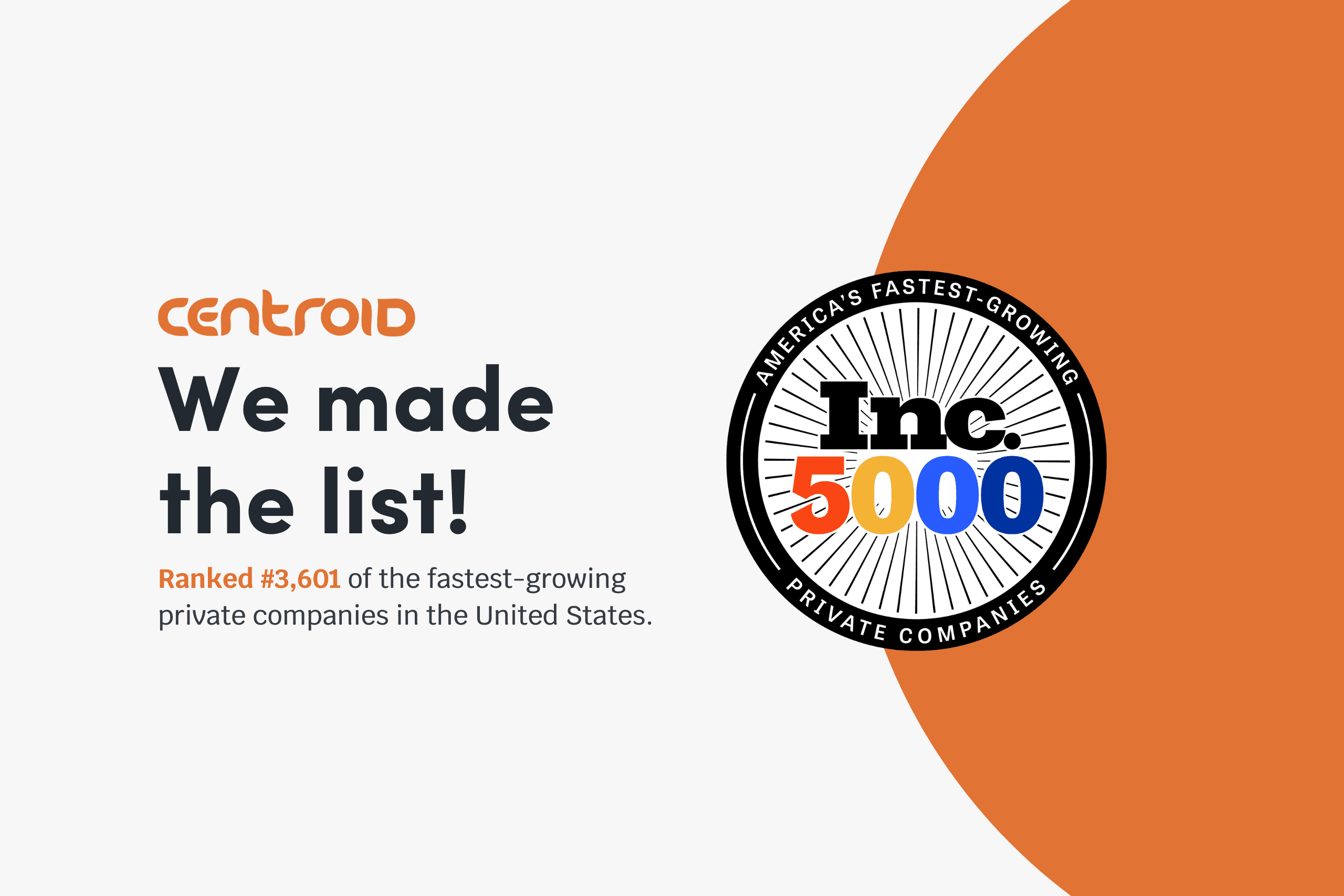by Paul Han – Senior Director, EPM
One of the most important considerations when managing a new project is to clearly define the project plan. For an Oracle EPM SaaS implementation in a cloud environment, there are specific considerations that differ from on-premises implementations and installations. Although cloud environments bypass some of the on-premises considerations in project management, there are still areas that a project manager needs to be cautious of.
Key Considerations for Cloud EPM Implementations
1. Setting Up the Environment
Since an on-prem IT team is not involved, responsibility for setting up the environment may be ambiguous.
The initial email from Oracle regarding the environment setup may not reach an individual who typically performs administration functions. This can lead to:
- The recipient not knowing the significance of the email.
- Delays in prototyping and building the environment if access is not provided to team members, which could impact the timeline and budget.
2. Managing Scheduled Updates
One advantage of cloud applications is the regular, scheduled updates provided by Oracle. For EPM, this occurs on a monthly cycle:
- The test environment is updated on the first Friday of every month.
- The production environment receives the same update on the third Friday of every month.
Understanding this schedule is essential for creating better project timelines:
- Cutover scheduling must consider these updates.
- Migrating configurations or snapshots between test and production cannot occur when the test environment version does not match the production version during the gap between monthly updates.
Mitigation Strategies:
- Create a Service Request (SR) with Oracle to request an early update of the production environment to avoid cutover delays.
- Note that updates for on-prem installations are less frequent and are typically a larger endeavor.
3. Identifying Administrative Roles
As Oracle EPM becomes more accessible to business and functional users, traditional administration duties may shift outside the IT organization. It’s crucial to:
- Identify individuals and roles responsible for administrative functions.
- Ensure that administrative training is delivered to the correct audience.
- These trainings may involve both functional and technical users and can be collaborative since many traditional administrative functions are now built into the application and can be performed by business users.
Although not an exhaustive list, these are some easily identifiable areas to consider when managing a cloud EPM project. While there are many advantages to EPM cloud applications that can streamline implementations, maintenance, and access, certain aspects will require project management considerations that differ from on-prem solutions.
Ready to Optimize Your Oracle EPM SaaS Implementations in the Cloud?
Unlock the full potential of Oracle EPM SaaS in the cloud. Connect with our team of EPM experts and begin accelerating your cloud transformation today. Contact us or the author to learn more or schedule a complimentary strategy session!
Paul Han – Senior Director, EPM








































































